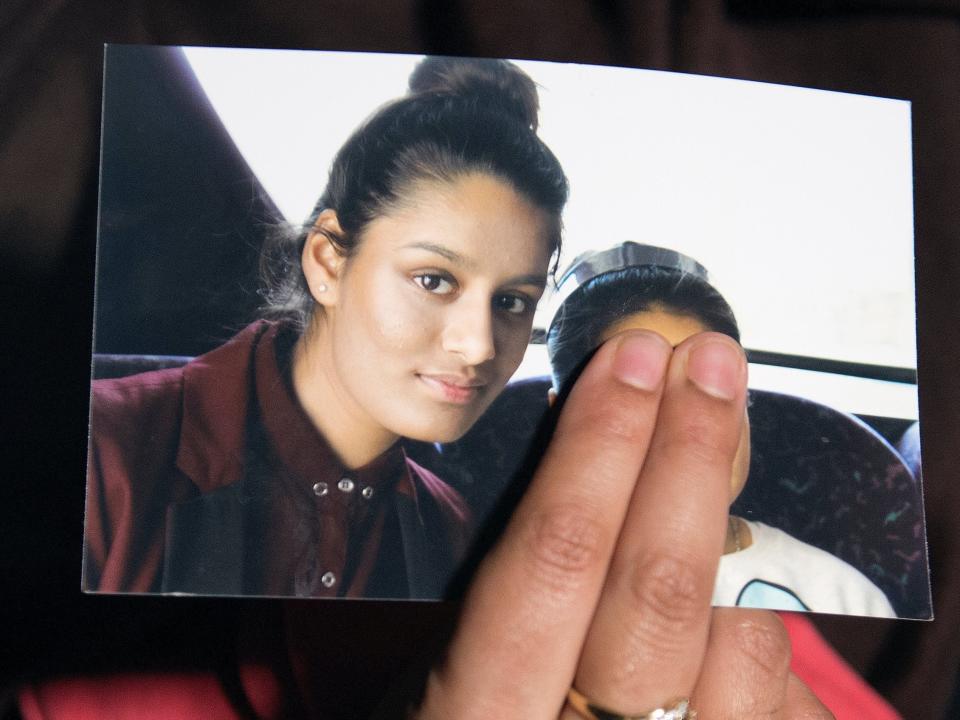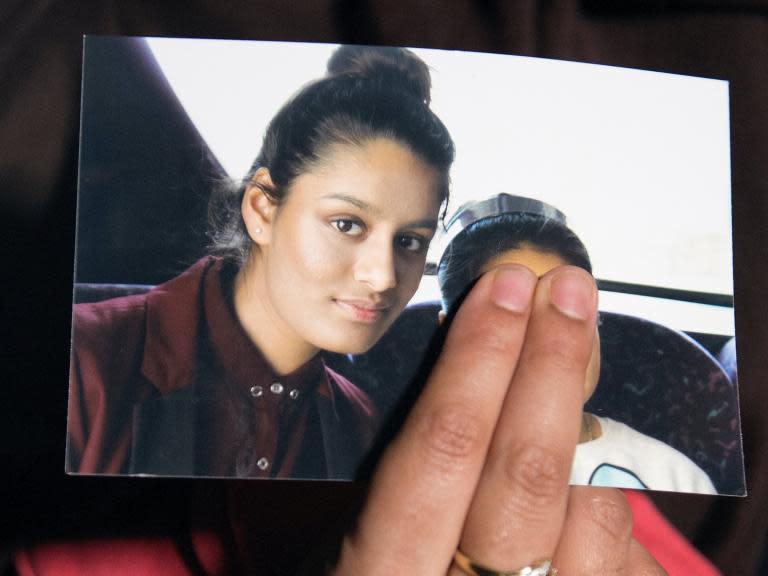We need to stop sexualising jihad – women like Shamima Begum are so much more than brides of terror
The UK has been gripped by a moral panic around the case of Shamima Begum and the problem of so-called “jihadi brides”. Internationally we are waking up to the role of women in jihadism – some even going as far as to suggest that women are the future threat from Isis. But is this just jumping on the Begum bandwagon when the role of women in jihadism has been misrepresented for years?
The Bethnal Green schoolgirl, who at 15 left the UK to join Isis in 2015, wants to return to the UK. Begum’s case is a gauge of the public debate and the pervasive and problematic narrative of “jihadi brides” that detracts from the truth.
The reality is that we really don’t know the nature of the threats these returning women and girls pose, or even how many there are. But we do know that reductive gender stereotypes are inaccurate and prevent us from getting to grips with the full picture.
Romanticised illustrations interpret women as victims or as accessories to the cruelty Isis committed, marginalising female actions when compared to those of men. Terms such as “vulnerable”, “naive”, “brain-washed” and “groomed’” are regularly utilised in the media where female terrorists are concerned. Yet, when it comes to men, terms such as “angry”, “criminals” and “terrorists” are deployed.
The reality is that the potency and allure of jihadism comes from its inclusivity, as bizarre as that may sound. Jihadism gives its participants – and that includes women from cosmopolitan areas and a range of ethnic backgrounds – agency to contribute in a myriad of forms to the cause.
And yet reporting characterises them as “hopeless romantics” craving male attention. Far from being cliched housewives, many of these women have found a very personal rationale to engage in extreme violence. “They made their Isis husbands’ beds, now let them rot in hell” seems to be a popular sentiment but this gendered coverage is leading to gendered reactions and misses an inconvenient truth. Jihadism is “sexy”, at least to a few people – often those who are young and desperately seeking adventure, meaning and belonging.
Research has consistently demonstrated that because jihad is seen as “cool”, it attracts – often through manipulation and coercion – vulnerable as well as rationally minded people. When combined with political motivations (often as a thin justification), it conjures a potent and toxic cocktail.
We often rely on the crude notion of “radicalisation” as the supposed process by which good people turn bad – usually as victims to evil ideologies. But research continually picks fault at any simplistic collective patterns of radicalisation. Human motivations to join the jihad are almost infinitely varied and individualised – making the collective policing response very difficult.
The feminised stereotyping of female jihadists predates Isis and Shamima Begum with the likes of the two “White Widows”, Sally-Anne Jones and Samantha Lewthwaite, and “Jihad Jane”, Colleen LaRose, all who supposedly used their sex appeal to recruit others. Tabloids focused on their sexual, feminine integrity rather than their doings. By reducing female terrorists to their sexuality and setting this against a traditional idea of a passive, peaceful women, a flawed premise is created.
If we hope to stop jihad being “sexy” then we first need to wake up to the role sexuality and gender play in jihadi terrorism and stop adding fuel to the fire by consistently relying on cheap, easy and over simplistic stereotypical labels.
This article was written by Olivia Caskey a researcher into female representations of jihadi brides and Dr Tom Smith a lecturer in international relations at the University of Portsmouth


